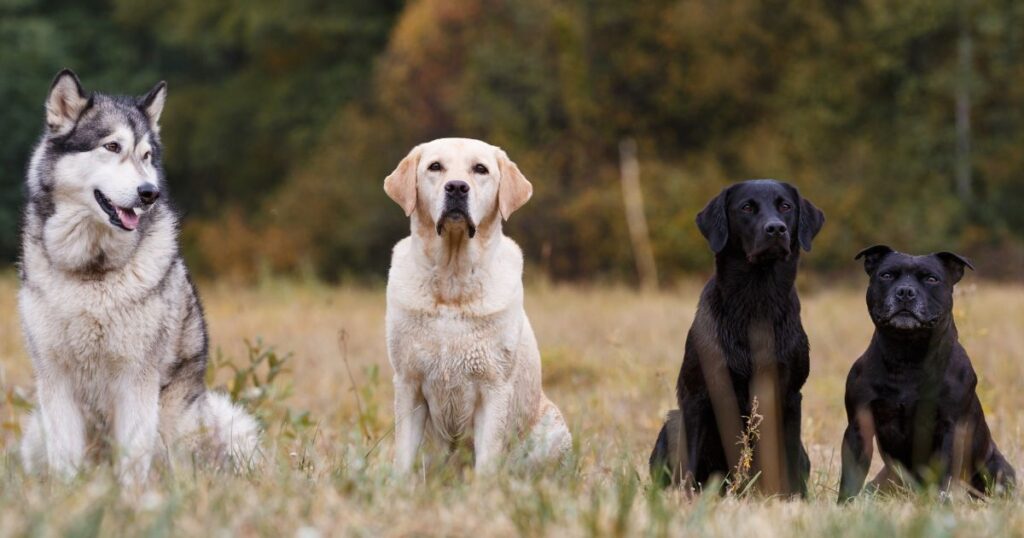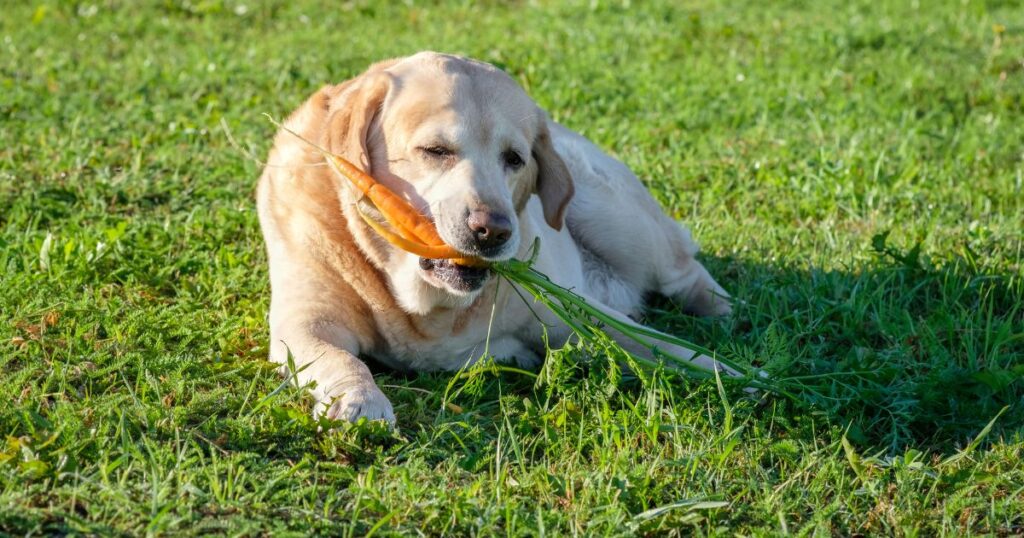Leaving your dog home alone can be a concern for many pet owners. It’s essential to understand that each dog’s ability to cope with being alone varies depending on factors such as age, physical and emotional needs, and temperament. With proper preparation and management, it is possible to make the experience of staying home alone more comfortable for your furry friend. Most dogs can handle being home alone for eight to ten hours, although it’s always better to assess your dog’s individual needs. The key to helping your dog successfully stay home alone is to teach them gradually, ensuring they…
Author: Ashley
Miniature Labradors have been gaining popularity among dog enthusiasts, offering a smaller version of the beloved Labrador breed. These pint-sized pups are bred to be a more compact and manageable addition to families who might not have the space or energy for a full-sized Labrador. By combining the lovable characteristics of a Labrador with a smaller size, the miniature Labrador aims to provide the best of both worlds for pet owners. These small Labradors are born from two purebred Labrador parents who both carry the recessive dwarfism gene, resulting in a dog with notably shorter legs. Mini Labs typically grow…
Dog crates have been a popular choice among pet owners, trainers, and veterinarians for various reasons, particularly their potential to help dogs develop positive behaviors. When used properly, dog crates ensure the safety and well-being of our furry friends, while offering them the comfort of having their own space. Some may perceive crates as restrictive or unkind, but when introduced and implemented correctly, these enclosures can provide a den-like environment where dogs experience a calming sense of security. Alongside the emotional benefits, crates facilitate successful potty training, travel, and help manage separation anxiety or stress in situations like thunderstorms and…
Feeding a Labrador may seem like a simple task, but selecting the right food and portion sizes for this popular breed is essential for maintaining their optimum health and well-being. The best food for Labradors varies depending on factors such as age, activity level, and individual dietary needs. With a multitude of options in the market, selecting the appropriate diet can be a daunting process for pet owners. When it comes to feeding Labrador puppies, it’s crucial to take into account their rapid growth period, providing them with well-balanced nutrition that caters to their developmental needs. Various types of puppy…
Labrador puppies are known for their playful and loyal nature, making them a popular choice for many families and individuals seeking a canine companion. Ensuring the happiness and well-being of a Labrador puppy can contribute to their development into a well-adjusted, healthy adult dog. This article will provide ten essential tips for raising a happy and content Labrador puppy, while taking into consideration their unique requirements and behaviors. A critical factor in a puppy’s happiness is ensuring they feel safe and secure in their new environment. Providing them with a designated space, such as a den or crate, can help…
Dog training methods have evolved over the years, forming diverse approaches to better suit individual dog personalities, capacities, and learning styles. The shared goal of these methods is to establish a strong bond between pet owners and their dogs, giving rise to well-behaved, obedient canine companions. One popular approach to dog training is positive reinforcement, centered around rewarding desired behaviors to establish long-lasting associations. Clicker training, for example, utilizes a simple tool to signal to the dog that it has performed correctly and a reward is imminent. This type of training offers round the clock guidance and continuous communication. Other…
Deciding the right age gap between Labradors can be a crucial decision for dog owners, as it can make all the difference in maintaining harmony and happiness in a multi-pet household. An ideal age gap allows for smooth adaptability and balanced training, ensuring the best possible experience for both dogs and their human family members. It is generally believed that an age gap of between two and six years is suitable when considering adding another Labrador to the family. By the time a Labrador reaches the age of two, they are usually well-trained and mature. This maturity enables them to…
Labrador Retrievers are one of the most popular dog breeds worldwide, known for their intelligence, trainability, and friendly nature. A common question among potential owners is which color Labrador is best. Three primary colors of Labradors exist, including black, yellow, and chocolate. It’s important to understand the various factors that may influence an individual’s preference for a specific color. While some people may have personal preferences for a particular color, it’s essential to note that all Labrador Retrievers have similar qualities and temperaments. The primary difference between them is their appearance, but they all possess the same inherent characteristics and…
Dog dominance is a fascinating topic for pet owners and trainers alike. Understanding what dominance means to a dog and how it affects their behavior is essential in building a strong bond with our canine companions. Dogs are pack animals and adhere to a social hierarchy, so establishing a clear understanding of who is in charge can lead to a harmonious relationship. There are various methods to assert and display dominance over a dog, many of which involve subtle cues such as body language, tone of voice, and eye contact. However, it is important to remember that teaching dominance should…
Many dog owners often wonder about the types of food they can safely share with their furry friends. Among the various options available, the humble carrot is a popular choice. But can dogs eat carrots? The short answer is yes. In fact, carrots are not only safe for dogs, but they also serve as a healthy, low-calorie snack that offers several key benefits for your canine companion. Carrots are an excellent source of fiber and beta-carotene, which the body converts into vitamin A. With their crunchy texture and natural sweetness, they can be a delicious addition to your dog’s diet.…










